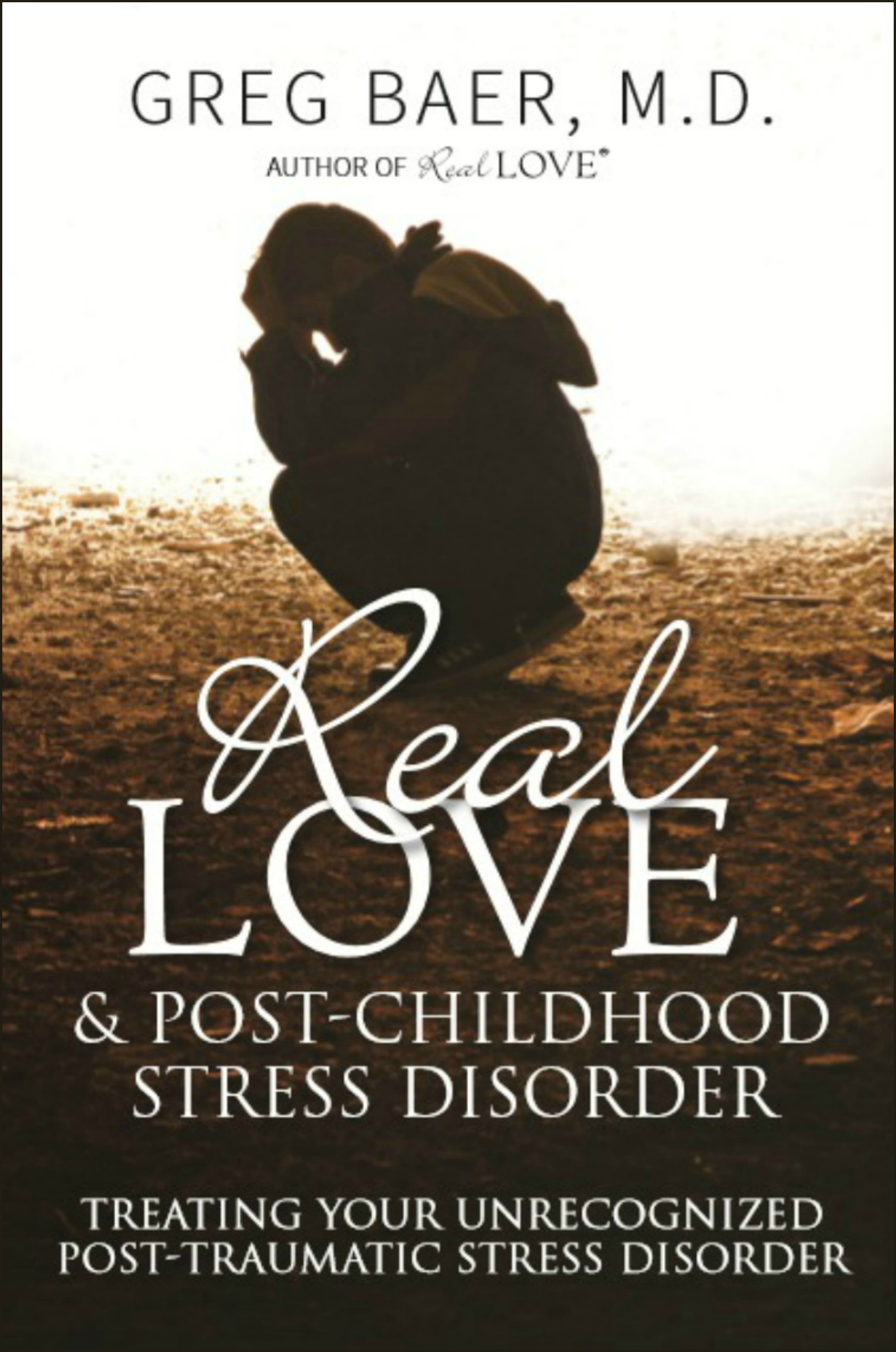Seligman and Maier performed an experiment where two groups of dogs were put in cages and subjected to electric shocks. Group One learned that they could end the shock by pressing a lever, while Group Two’s shocks were random and out of their control.
The dogs in Group Two eventually just lay down and whimpered—exhibiting symptoms similar to clinical depression in humans.
In a later experiment, both groups were shocked again, and to escape the shocks they only had to jump over a low partition in their cages.
While Group One quickly jumped out of harm’s way, most of the dogs in Group Two—the ones trained to believe they had no choice in their pain—simply lay down passively and whined.
Like these dogs, whatever we were trained to do first—early in life—we tend to do for the rest of our lives unless a powerful influence intervenes.
Most of us repeat the beliefs, feelings, and behaviors that were set in concrete by age four or earlier. Do we really want to repeat age four all our lives? Do we really want to be no smarter than a dog being shocked?
Overcoming Our Early Life Conditioning
Creating the possibility of genuine and lasting change is not complicated.
First we must feel unconditionally loved enough that we feel sufficiently safe to trust the guidance of another person leading us into the unknown.
Without that love, we will never move from our position of familiarity, no matter how painful it is.
When we feel loved and safe, however, we can begin to entertain the possibility that there are other choices, choices that will allow us to jump out of our cage and into a life of happiness that previously we had never considered possible.


